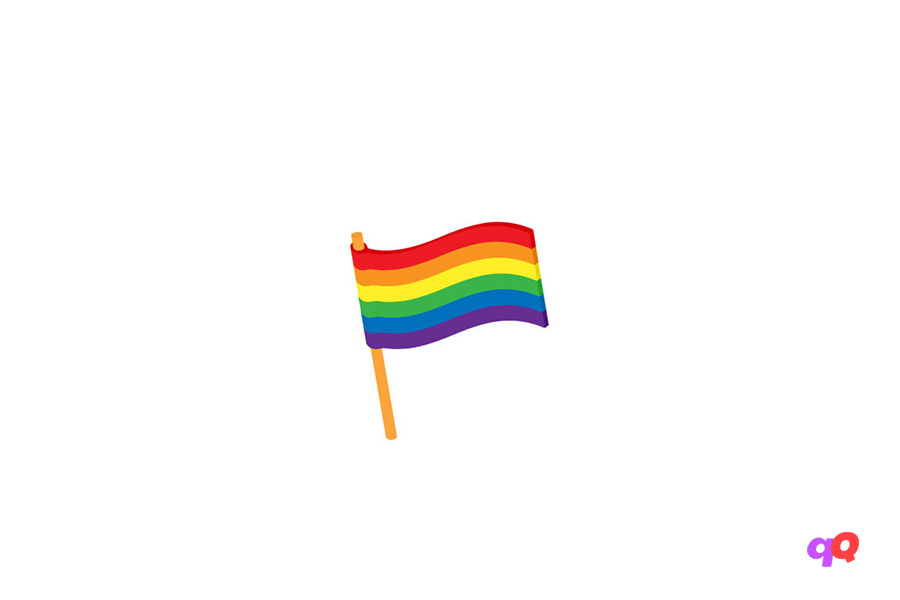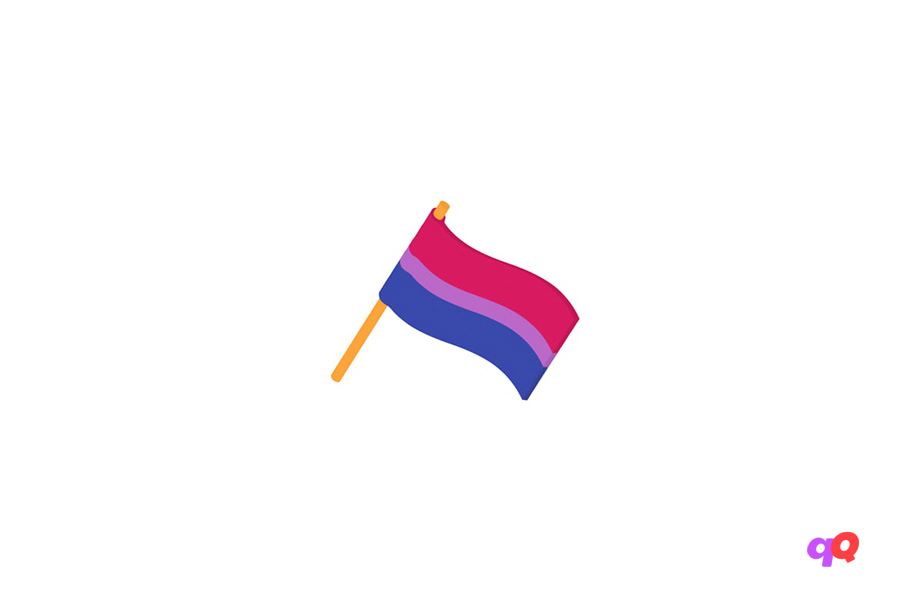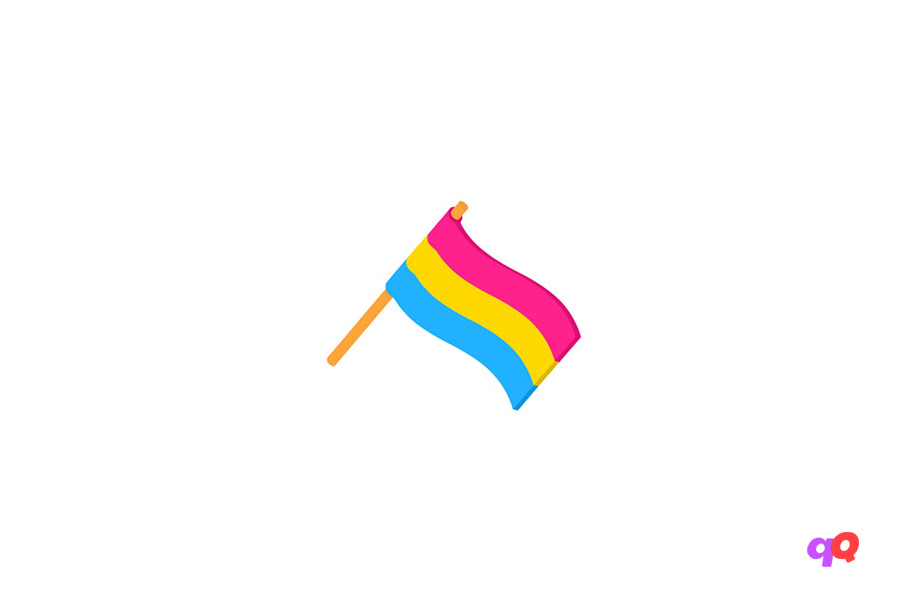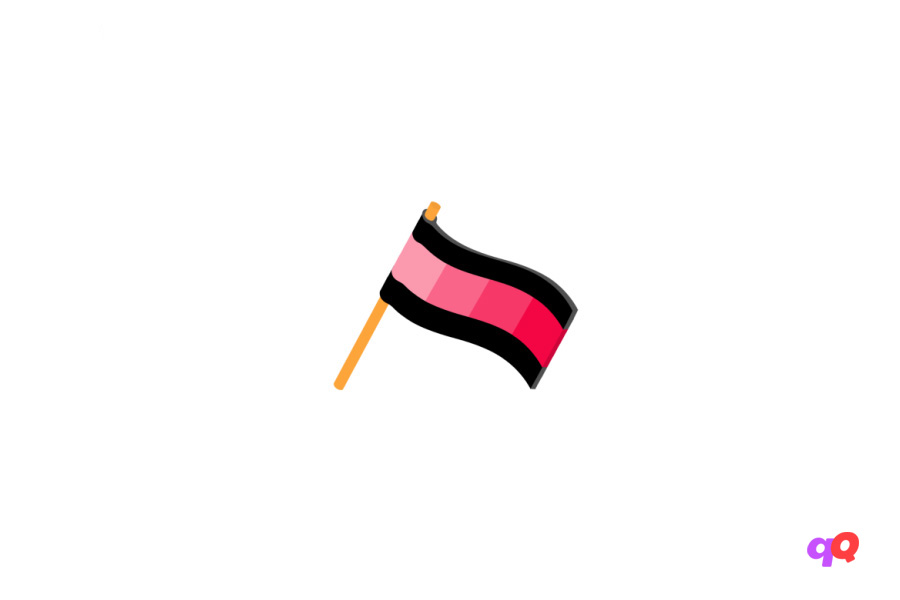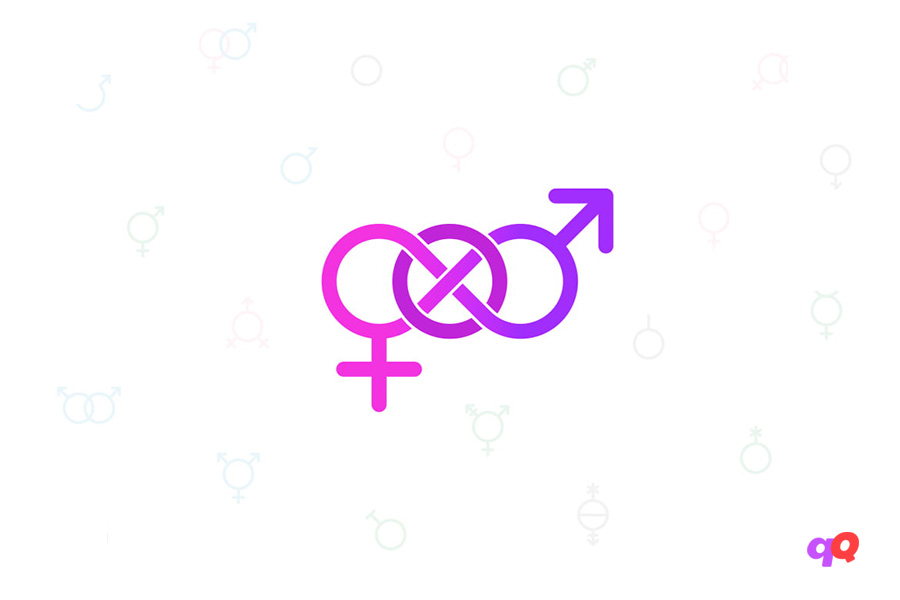Quiz: Am I Polysexual?
○ DISCLAIMER
The quizzes and content on this website are designed for entertainment purposes only and should not be used as a basis for making personal decisions about your sexuality, gender identity, or any other life choices. These quizzes are not diagnostic tools and cannot determine your identity or orientation. If you're questioning your identity or need support, we strongly encourage you to seek guidance from qualified LGBTQ+ friendly professionals or counselors. Remember that your journey of self-discovery is unique and personal to you.
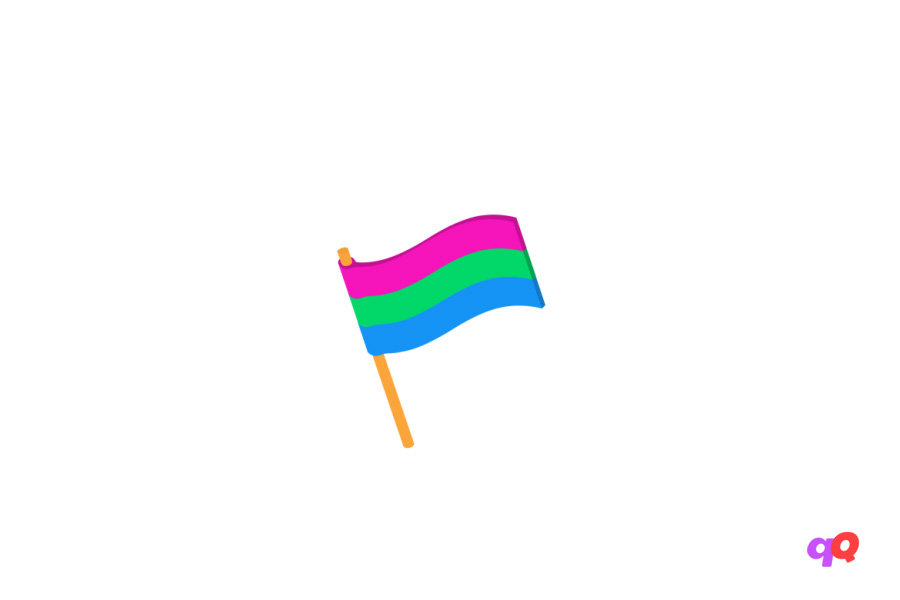
Imagine you’re standing in an art gallery where every painting represents a person. Most visitors admire either landscapes or portraits. But what if you’re drawn to still lifes, abstractions, and impressionism – not all of them indiscriminately, but specifically those works that resonate with something deep within you? Welcome to the world of polysexuality – an orientation that shatters binary notions of attraction. And if you’re here, perhaps our quiz will help you better understand yourself.
Who Are Polysexuals?
Polysexuality is a sexual orientation characterized by attraction to people of several, but not all, genders. The key word here is “several.” Unlike monosexual orientations (heterosexuality and homosexuality), polysexuals experience attraction to representatives of different gender identities, but their attraction is not universal.
The term derives from the Greek “poly” (many) and Latin “sexus” (sex). It first appeared in psychological literature in the 1970s, but gained widespread recognition only in the last two decades, when society began acknowledging the existence of more than two genders.
It’s important to understand that polysexuality is not simply “undecided bisexuality” or an “experimental phase.” It’s a stable orientation with its own unique characteristics. Polysexuals may experience attraction to men, women, non-binary persons, genderfluid people – but their attraction is selective and based on specific qualities that may be related to gender presentation.
What Is a Polysexual Quiz?
A quiz for determining polysexuality is a psychological tool for self-discovery, developed based on contemporary research in sexuality and gender psychology. It’s not a medical diagnosis or final verdict – rather, it’s a mirror that helps you see and comprehend your own feelings and experiences.
The methodology of such quizzes is based on several psychological concepts:
- Kinsey’s sexual continuum theory – recognition that sexuality exists on a spectrum, not in rigid categories.
- Klein’s multidimensional sexual orientation model – considering not only sexual attraction, but also emotional preferences, fantasies, and social behavior.
- The concept of gender diversity – understanding that gender extends beyond the binary system.
The quiz analyzes your responses through the lens of these theories, identifying patterns of attraction that may indicate a polysexual orientation. Questions cover various aspects: from specific situations of attractiveness to abstract representations of an ideal partner.
Key Signs of Polysexuality That We Relied on When Creating the Quiz
When developing the quiz, we identified five key markers that help identify polysexual orientation. These signs are based on research by sexologists and psychologists, as well as the experiences of polysexuals themselves. Each reflects a unique aspect of this orientation that distinguishes it from other forms of multisexuality.
Selective Multi-Gender Attraction
The first and most obvious sign is the ability to experience romantic or sexual attraction to people of different genders, but not to all genders equally. For example, a polysexual might be attracted to cisgender women, transgender men, and agender persons, but not cisgender men. This selectivity is a key characteristic.
Varying Intensity of Attraction
Polysexuals often note that their attraction to different genders has different natures and intensities. Toward one gender there might be predominantly romantic attraction, toward another – sexual, toward a third – a combination of both. This creates a unique “attraction profile” for each person.
Gender-Specific Preferences
Unlike pansexuals, for whom a partner’s gender doesn’t matter, polysexuals often have specific preferences related to gender presentation. They might be attracted to masculinity in one context and femininity in another, or certain combinations of gender characteristics.
Fluidity Over Time
Many polysexuals note that their preferences can change over time – not in the sense of completely changing orientation, but in terms of emphasis. In one period of life, attraction to one gender might be stronger; in another, the balance might shift.
Awareness of One’s Attraction Limitations
Polysexuals usually clearly recognize which genders or gender presentations don’t attract them. This doesn’t mean prejudice or discrimination – simply honest acknowledgment of the boundaries of one’s own sexuality.
What’s the Difference Between Bisexuality, Pansexuality, and Other Forms of Multisexuality?
Imagine multisexuality as a large umbrella under which various orientations take shelter, united by the capacity for attraction to more than one gender. But each has its own nuances:
- Bisexuality has historically been defined as attraction to two genders (bi = two), usually men and women. However, the contemporary understanding of bisexuality has expanded, and many bi people define their orientation as “attraction to one’s own and other genders.” This creates some overlap with polysexuality, but polysexuality more explicitly emphasizes multiplicity and selectivity.
- Pansexuality (pan = all) is characterized by potential attraction to people of any gender. For pansexuals, a partner’s gender is not a determining factor of attractiveness – they’re more interested in personality, energy, individual qualities of a person. This is a key difference from polysexuality, where gender plays a role in forming attraction.
- Omnisexuality is similar to pansexuality in that it includes attraction to all genders, but omnisexuals acknowledge and value gender differences. They may experience different types of attraction to different genders, which connects them to polysexuals, but without limiting the number of attractive genders.
- Queer is an umbrella term that some people use instead of more specific labels. It can include any non-monosexual orientation and is often chosen by those who don’t want to limit themselves to concrete definitions.
It’s important to remember that boundaries between these orientations can be blurred, and a person’s self-identification is more important than technical definitions. The quiz helps explore these nuances, but the final decision about which term best describes your experience remains yours.
Ultimately, understanding your sexual orientation is a journey, not a destination. The quiz is a compass that can point the way, but you must walk this path yourself. And remember: whatever your orientation may be, it’s valid and deserves respect.
○ Related Quizzes
Questions Overview
- It seems natural and normal
- An interesting concept, but I'm not sure
- Hard to imagine for myself
- It's unacceptable
- Equally strong attraction to many
- Curiosity and interest
- Recognize attractiveness, but no attraction
- Attraction to only one gender
- Diverse and flexible
- Open to experimentation
- Traditional, but with interest in new experiences
- Strictly defined
- Not for me
- Works for some, but not the only option
- c) Preferable, but exceptions are possible
- The only right choice
- With enthusiasm and approval
- With interest and openness
- Neutrally
- With discomfort or disapproval
- Personality and emotional connection, regardless of gender
- A variety of different qualities
- Traditional, but with possible exceptions
- Strict criteria, including a specific gender
- It's an important part of self-discovery
- Interesting to try
- Possible, but with caution
- I prefer stability and traditions
- Recognition and acceptance
- Curiosity and desire to learn more
- Uncertainty and mixed feelings
- Rejection or lack of understanding
- With enthusiasm
- With interest and openness
- With caution, but not ruling it out
- Categorically against
- Admiration and solidarity
- Respect for their openness
- Neutral curiosity
- Lack of understanding or disapproval
- It's natural for me
- An interesting concept
- Difficult, but possible
- Impossible or wrong
- Concepts close to me
- Interesting ideas deserving respect
- I understand, but it's not for me
- I disagree with these concepts
- I fully support and understand it
- An interesting concept that requires exploration
- Hard to understand, but I respect others' choices
- I disagree with this idea
- With enthusiasm and reciprocity
- With interest and openness
- Politely, but without reciprocity
- With discomfort or irritation
- I completely agree
- An interesting idea deserving attention
- Sounds beautiful, but I'm not sure about reality
- I disagree with this statement
